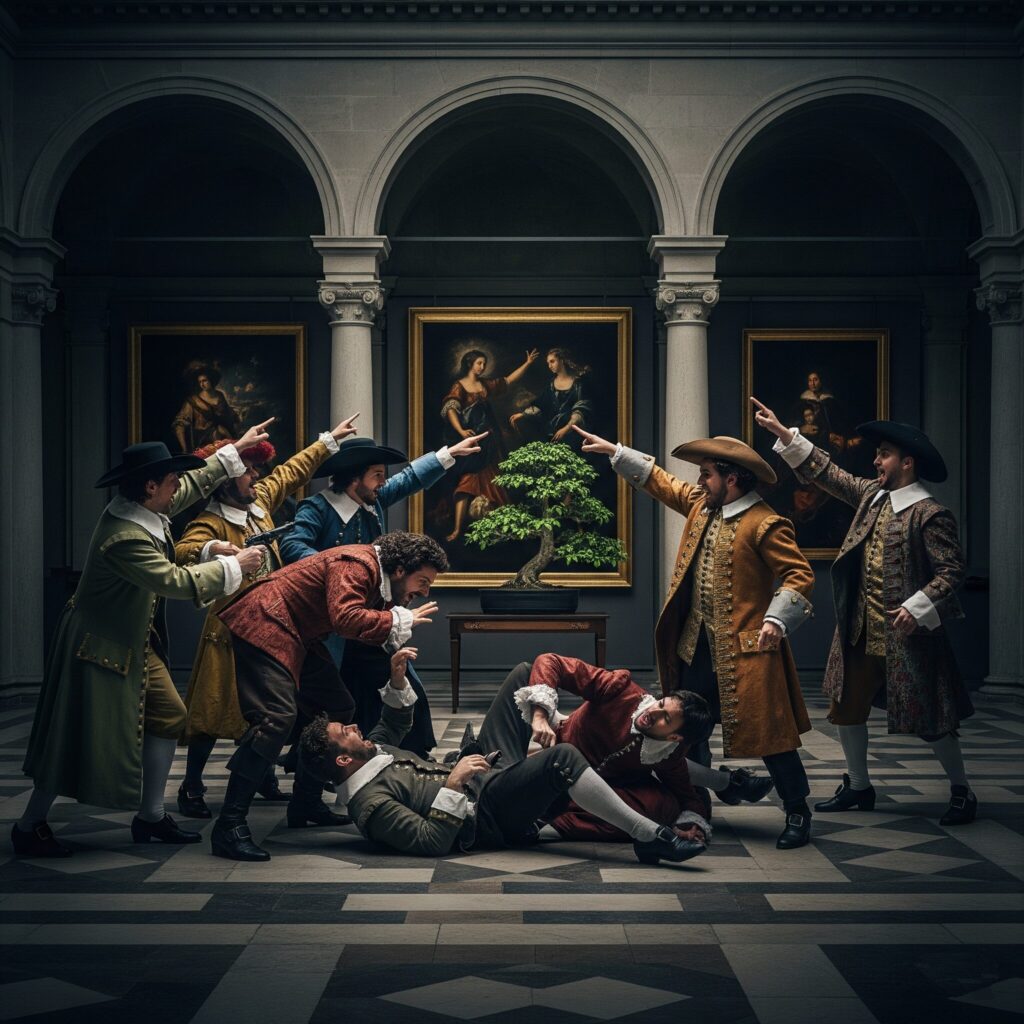
At the recent BSF Annual Convention, we saw some excellent trees within the creative displays—but one stood out due to its unusual provenance, especially for Florida. The California Juniper owned by Chris Neal holds the rare distinction of once being owned (not just styled) by the legendary John Naka. That’s almost like saying, “George Washington lived here.” Even more interesting, California Junipers typically don’t thrive in Florida’s climate. However, Chris grafted shimpaku juniper foliage onto the tree, which has allowed it to flourish in North Florida.
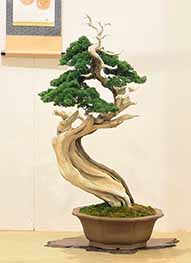
In the art world, provenance—the documented history of ownership—plays a vital role in verifying authenticity and establishing value. A work with well-documented provenance gives scholars, museums, and collectors confidence in its origin. It often increases in value, especially if linked to notable collectors or prominent exhibitions, and is essential for insurance and appraisal purposes. Provenance also provides historical context, placing the work within larger cultural or artistic movements. It can help uncover legal or ethical issues, such as whether a piece was stolen or looted, and includes important conservation records like past restorations.
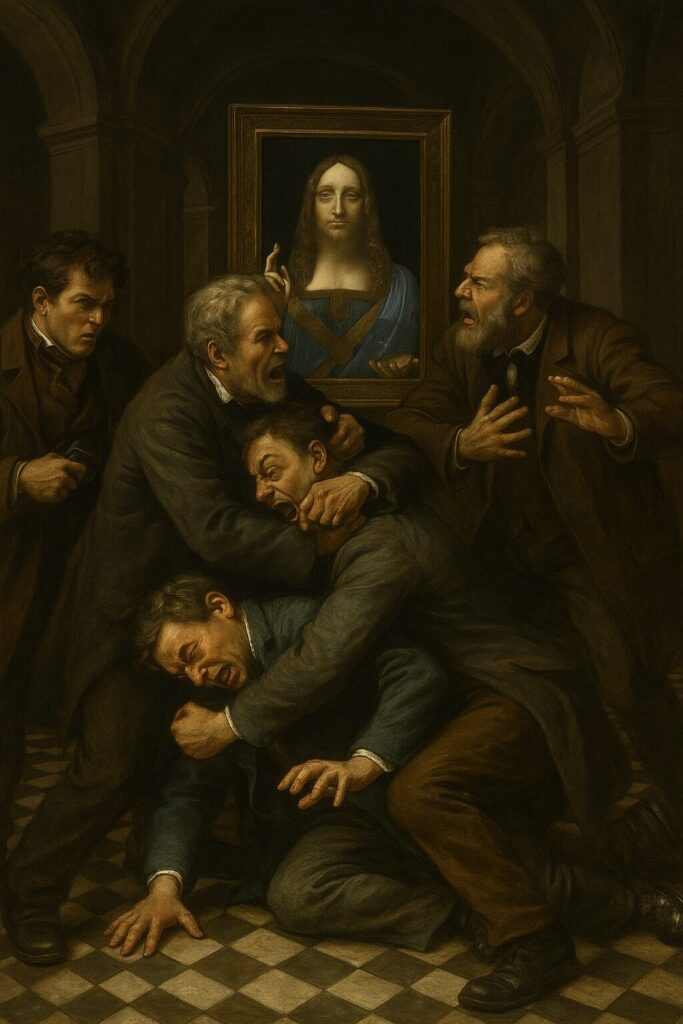
In bonsai, provenance also matters—but in a different way. Unlike static artworks, bonsai trees are living creations, shaped and reshaped over time. Bonsai provenance refers to a tree’s documented origin, cultivation, ownership, exhibition, and care. It adds layers of meaning and cultural value, especially as bonsai in the U.S. begins to develop lineages akin to those in Asia.
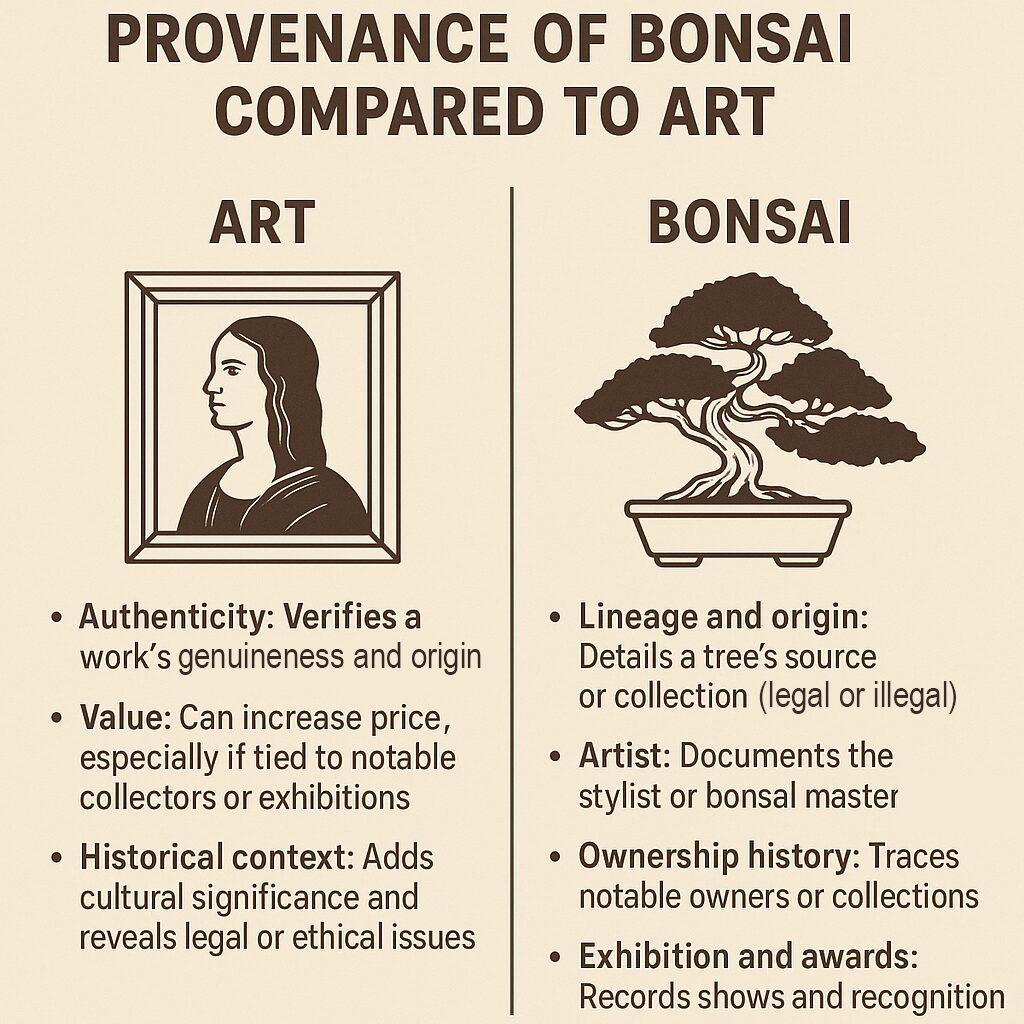
Lineage and Origin
The first layer of bonsai provenance is where the tree came from:
- Collected Trees: Wild-collected specimens include information on where, when, and by whom the tree was collected. Unfortunately, some have been taken illegally from public or private land—a dark secret of the bonsai world. Documentation of proper lineage can remove this unsavory stain.
- Nursery or Artist: Trees grown from seed or cutting often carry provenance tied to a nursery or the bonsai master who raised or styled them.
- Species and Age: Knowing the species and estimated age adds value and context.
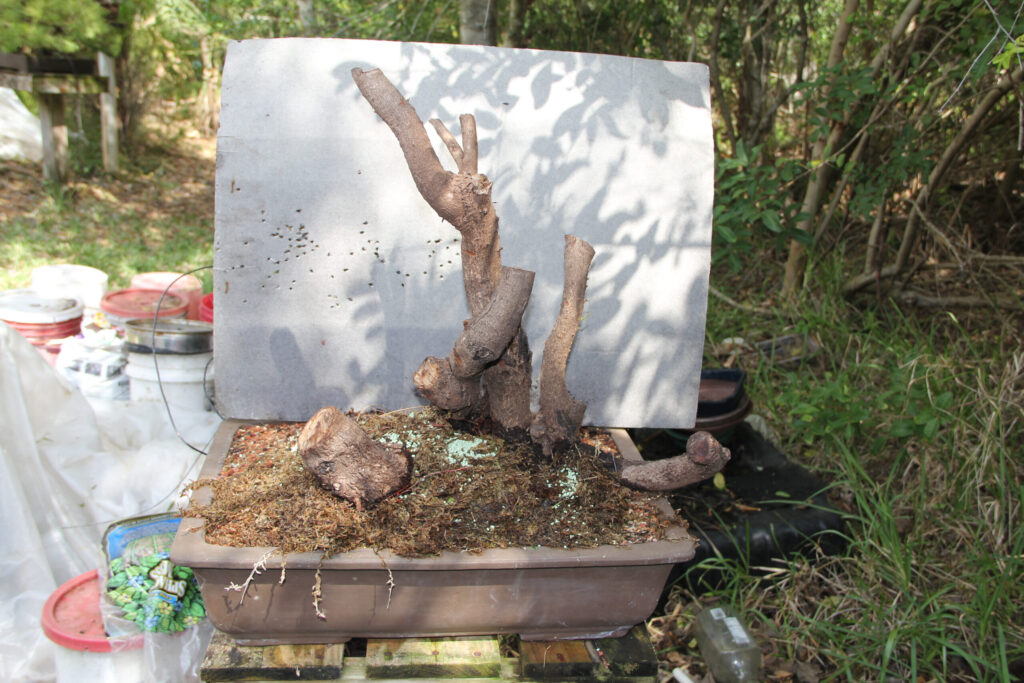
Artist and Styling History
Trees styled by respected artists (e.g., John Naka, Jim Smith) carry prestige—if the artist’s involvement is well-documented. Since bonsai change over time, provenance may include before-and-after photos, styling records, or artist notes that show the tree’s evolution.
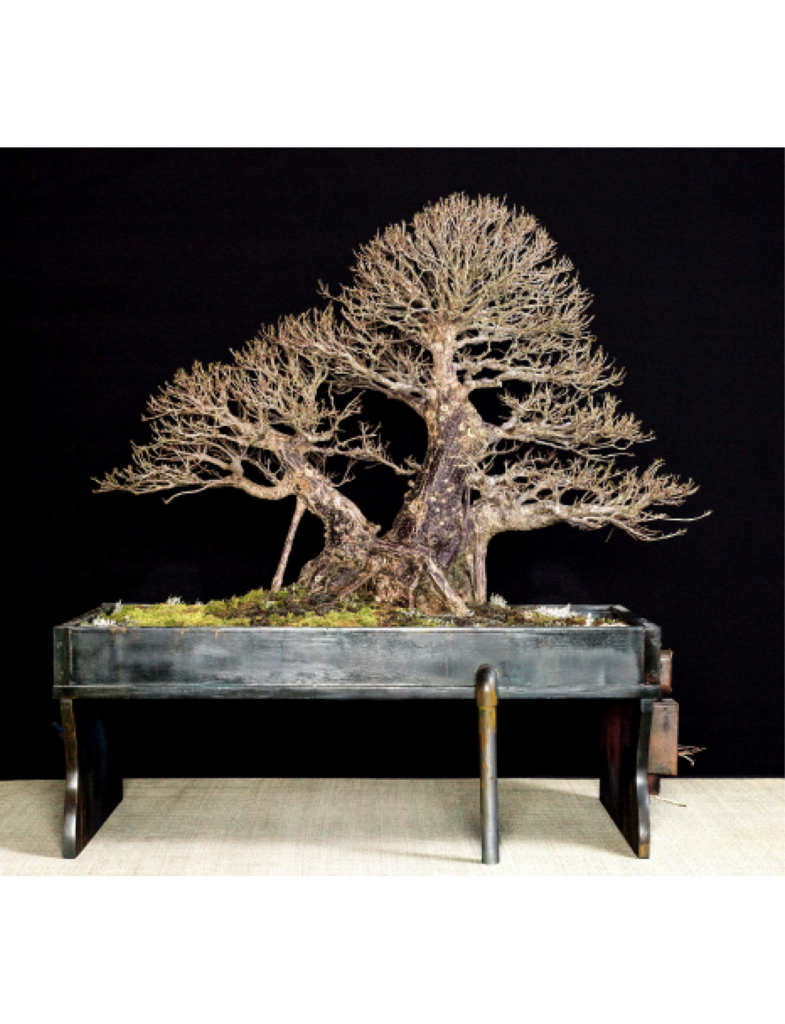
Ownership History
Like fine art, a bonsai that has passed through prominent hands gains value. A tree owned by a well-known practitioner, displayed at respected institutions, or featured in publications, holds cultural weight. For example, I once had an Australian Pine raft style bonsai that now resides at Longwood Gardens in Pennsylvania. When I sent it, I included the tree’s documented history (I had collected it from the wild—with permission). Longwood Gardens ownership add tremendous cachet to the tree’s history.
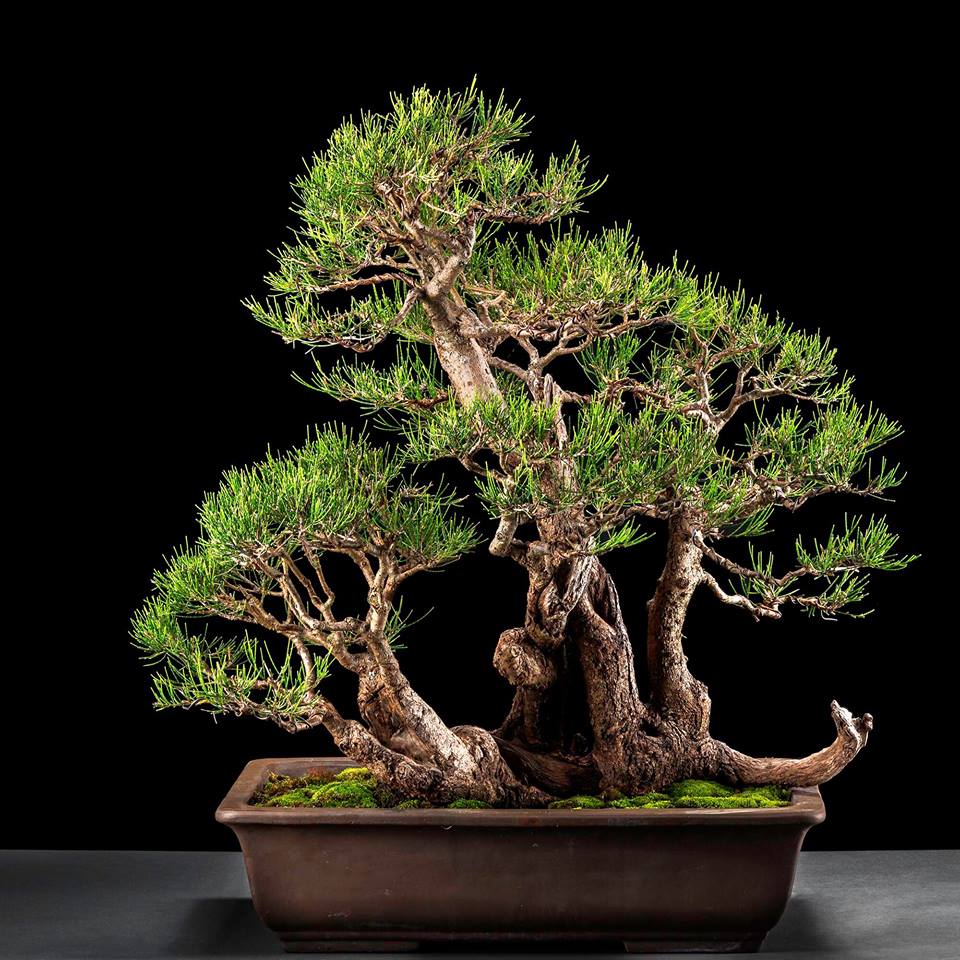
Exhibition and Awards
A bonsai’s provenance includes its exhibition history—whether it appeared in shows like Kokufu-ten or the US National Bonsai Exhibition, or local events like the BSF annual exhibit. Awards and recognition become part of the tree’s story.
Documentation and Records become a key part then of establishing provenance. Items it may include:
- Certificates of authenticity or ownership
- Photographic records over time
- Entry catalogs from exhibits
- Articles, letters or dated internet posts referencing the tree
- Labels, inscriptions, or even RFID tags
Why It Matters
Cultural Value: A bonsai with strong provenance represents continuity, legacy, and heritage—traditionally in Japan, but now increasingly in the U.S., especially Florida, where some trees have been passed down through generations. Market Value: Buyers pay more for trees with verifiable, respected histories. Conservation: Knowing a tree’s backstory helps guide its future care and presentation.
Bonsai provenance transforms a tree from a plant into a legacy
